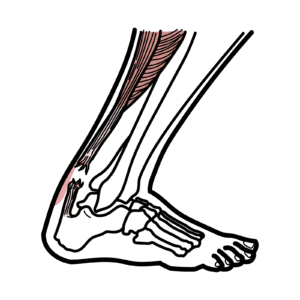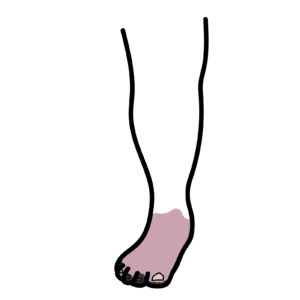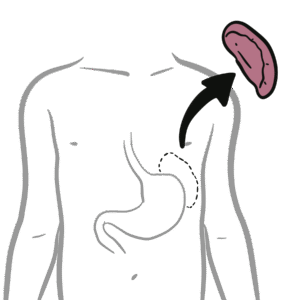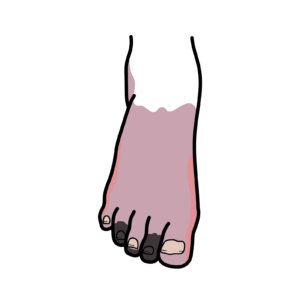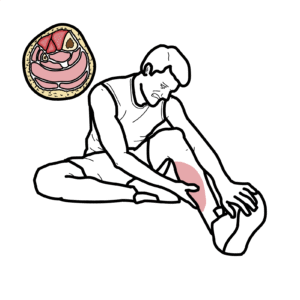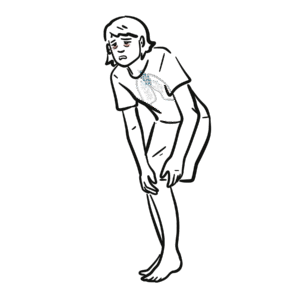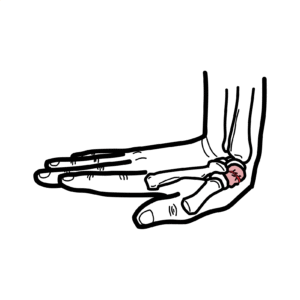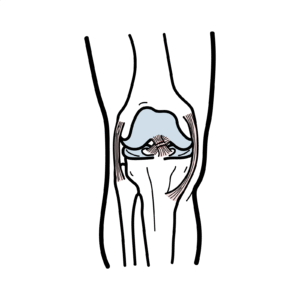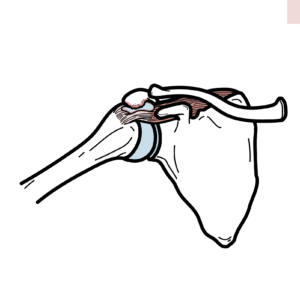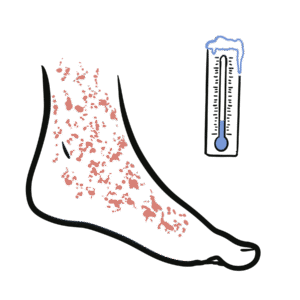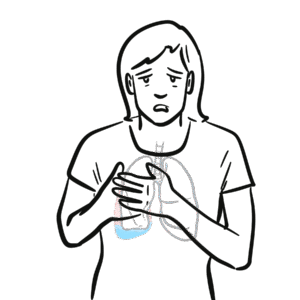Gout treatment overview
Learn how to control gout attacks and lower urate levels with proven treatments and lifestyle changes—gout treatment, urate lowering, and flare prevention explained. This video explains what causes gout (urate crystals triggering joint inflammation), how to recognize a gout flare (red, hot, swollen, painful joints—often the big toe), and the diagnostic steps doctors use, including joint fluid analysis and imaging. You’ll learn immediate flare management with anti-inflammatory medicines (colchicine, ibuprofen, naproxen, prednisone) and corticosteroid injections, plus why these treat symptoms but not the underlying high urate levels. Discover the long-term value of daily urate-lowering medications like allopurinol, febuxostat and probenecid—how they prevent future attacks, dissolve urate deposits, and reduce the risk of permanent joint damage and tophi formation. The video also covers practical guidance for starting urate-lowering therapy (expect possible early flares and the need for concurrent anti-inflammatory cover), target blood urate levels (<0.36 mmol/L for most, <0.30 mmol/L if tophi are present), and lifestyle steps—reducing alcohol, cutting sugary foods, and targeting modifiable risk factors—to amplify medication benefits. Clear, actionable advice empowers you to take charge of gout, avoid recurrent attacks, and protect your joints long term. Watch to understand treatment options, monitoring strategies, and when to consult your doctor—start controlling your gout today.




